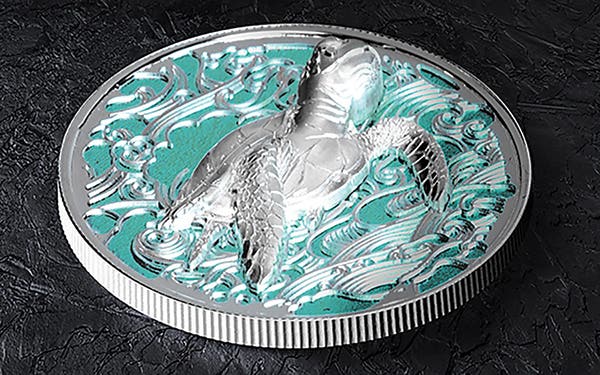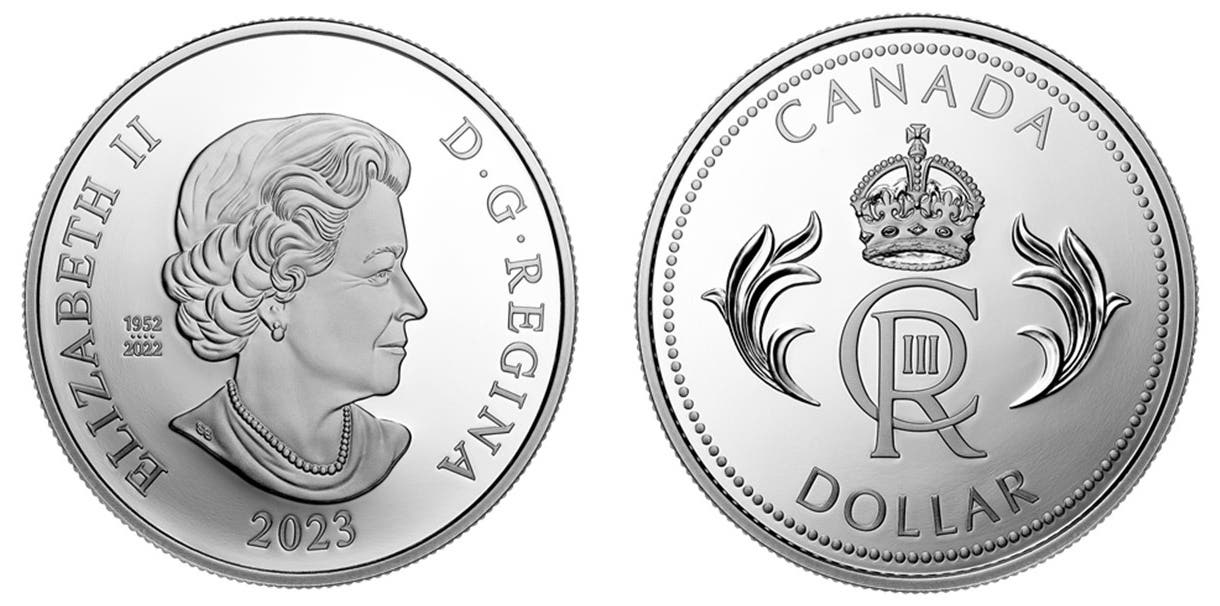Old tradition links coins to Christmas
The giving of coins, medals and tokens as Christmas gifts has a long tradition. Its origin perhaps lies with the gifts the Three Wise Men brought to Baby Jesus. Certainly…
The giving of coins, medals and tokens as Christmas gifts has a long tradition. Its origin perhaps lies with the gifts the Three Wise Men brought to Baby Jesus. Certainly gifted coins have been traditionally gold or silver.
The British Royal Mint’s website links the giving of coins with St Nicholas, the prototype Santa Claus of the 4th century. The story goes that the wealthy saint-in-waiting heard of a widower who had fallen on hard times. The man had three daughters of marriageable age but lacked the wherewithal to provide them with dowries.
Nicholas knew the man would never accept charity but was aware the girls commonly hung their freshly laundered stockings on the mantelpiece to dry above the fire.
One night he climbed down the chimney and placed a bag of coins in the oldest girl’s stocking. Some versions of the story claim the coins were gold, others silver.
On the next night he put coins into the second daughter’s stocking. On the third night the father caught him in the act.
Nicholas asked the father to keep his deed secret but word eventually got out. And that is why coins have continued to provide Christmas gifts.
The tradition presumably arrived in the Americas from Europe. It was certainly common in the 19th and 20th centuries where the striking of a number of proof and specimen U.S. coins has been linked to their use as Christmas gifts.
Several examples sold in recent years claim such a Christmas connection. These include an 1885 gold dollar, 1885 regu;ar and proof Morgan dollars, an 1889 proof Morgan dollar, 1898 and 1899 proof Morgan dollars, an 1891 gold $2.50 and, even, a 1907 wire rim Saint-Gaudens double eagle.
A number were struck in the last quarter with low mintages, just sufficient to facilitate their use as Christmas gifts.
Across The Pond the British custom of adding silver coins to a family’s Christmas pudding is part of the same tradition. And numismatic legend holds that the 2,395 George V 1932 crowns struck in the midst of the Great Depression were used primarily as gifts in Christmas stockings.
Recently a Heritage cataloger noted a possible royal connection. He had observed that occasional examples of rare British 1853 proof sets turn up housed in “a fairly large heart-shaped purple plush case.” He asks, “Were these sets made by the Royal Mint for use by the royal family, perhaps as gifts to each other at Christmas?” It is an intriguing Christmas numismatic conundrum. One to perhaps reflect upon this December.
Perhaps you would like to pick up the tradition or begin it anew in your own family.
Any coins will do, but remember it is the packaging that makes its intention clear, especially if you do not intend to put them in stockings as old St. Nick did all those centuries ago.
This article was originally printed in Numismatic News. >> Subscribe today.
More Collecting Resources
• Are you a U.S. coin collector? Check out the 2017 U.S. Coin Digest for the most recent coin prices.
• The 1800s were a time of change for many, including in coin production. See how coin designs grew during the time period in the Standard Catalog of World Coins, 1801-1900 .








